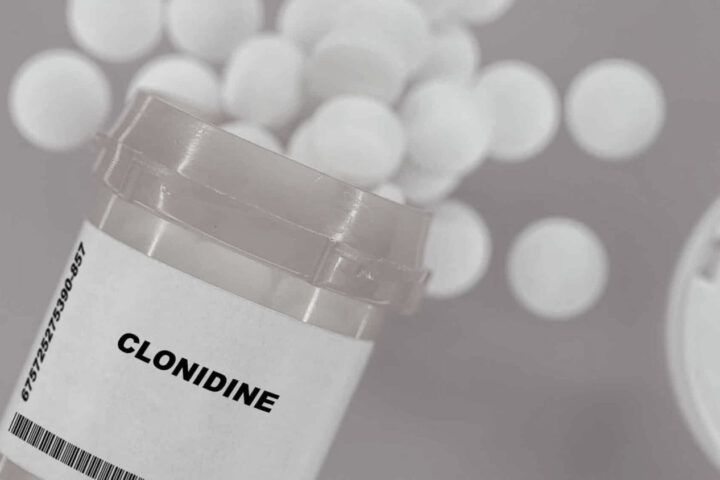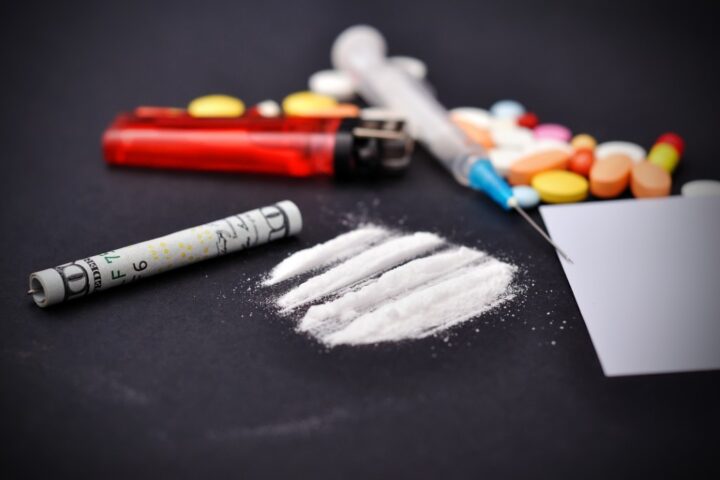We hear a lot about the opioid crisis, and rightly so. According to the Center for Disease Control (CDC), over 77,000 people died of a drug overdose in 2017. Around 44,800 of those died from an opioid overdose, a nearly five-fold increase over the 8,000 people who overdosed in 1999. Yet, more people died from alcohol use in 2017. Alcohol caused approximately 88,000 deaths each year in the U.S. from the years 2006 to 2010. Why isn’t alcohol getting similar attention? It is the third leading preventable cause of death in the U.S.
In large part, alcohol doesn’t attract consistent attention as a killer because it’s legal, easily available, and socially acceptable. In fact, it’s so deeply ingrained in our culture that not drinking in some circumstances can be perceived as out of the ordinary. For example, many people don’t think twice about “letting loose” and drinking to excess on the weekends. “It’s not a big deal. I don’t drink every day,” we hear people say, even during treatment for alcohol use disorder. However, the National Institute on Alcohol Abuse and Alcoholism (NIAAA), a part of the National Institutes of Health (NIH), created a web site entitled Rethinking Drinking to highlight the extent of misperceptions about what constitutes “low-risk” vs. “high-risk” alcohol consumption. In fact, more than three drinks in a day or more than seven drinks per week for women and four drinks per day or 14 drinks per week for men are considered “high-risk,” and these patterns can be detrimental both in the short and long-term.
Make no mistake, we are in the midst of an alcohol epidemic. Social drinking has increased dramatically since the early 1990s, accompanied by a similar increase in problem drinking and alcohol use disorder, especially among women and minorities. The alcohol-related death rate for women increased 85% from 2007 to 2017! This may have started with the idea that a glass of wine a day was good for your heart, but we’re clearly way beyond that.
Why alcohol is a killer
Society isn’t totally immune to the dangers of alcohol. Many people are aware that drinking too much at once can lead to alcohol poisoning and that decades of extreme alcohol consumption can cause cirrhosis. Accidents and violence related to alcohol use are also regularly reported. However, many people may not realize that the damage done by alcohol is subtle, immediate, and may not be recognized as a contributing factor to other serious health issues. This includes:
Pancytopenia. Alcohol suppresses the bone marrow, wiping out the white cell count, red blood cell count and platelet count. This causes serious if not fatal consequences. Sometimes, if the patient is lucky enough, stopping the use of alcohol is all that is needed to recover.
Cardiovascular symptoms. Alcohol causes cardiomyopathy, essentially turning the heart muscle to mush. It decreases ejection fraction, increasing the likelihood of congestive heart failure. Cardiac arrhythmia, especially atrial fibrillation, is a common symptom, and one weekend of hard drinking is enough to cause it. It’s sometimes called holiday heart syndrome. Alcohol is also associated with high blood pressure and an increased risk of stroke, especially among women.
Cancer. Alcohol is associated with an increased risk of cancer, particularly esophageal, liver, mouth, throat, and colorectal cancer. I think a lot of women might be surprised that alcohol use increases their risk for breast cancer.
Dementia. No surprise that a mind-altering substance like alcohol causes problems with the brain. Alcohol dementia is a very real thing, and technology is now helping us to differentiate alcohol dementia from Alzheimer’s. I suspect that many of the patients sent to neurologists for “early Alzheimer’s” are really presenting alcohol dementia that’s secondary to a long-standing or even a new alcohol use disorder.
Mental Health Disorders. Alcohol is a central nervous system depressant. Because of the euphoric feeling they get from alcohol, patients often don’t believe that drinking alcohol when they are anxious or depressed can further aggravate these issues.
Immune suppression. Alcohol consumption makes you more susceptible to infections. Additionally, alcohol-fueled behavior can increase your risk of contracting sexually transmitted diseases.
Doctors often overlook alcohol as a contributing factor to an illness, such as congestive heart failure or atrial fibrillation. This approach to healthcare is slowly beginning to change as more healthcare professionals are trained to understand signs and symptoms of substance use disorders and best practices in treatment. However, we still have a long way to go before insurance companies recognize and provide coverage for substance use disorders on par with other chronic diseases.
As with any disease, the best way to diminish the number of people impacted by alcohol use disorder is through education and prevention. We need clear and consistent communication that if you drink more, you will die younger. There’s no debating the facts. Consuming more than seven drinks a week will reduce your life expectancy by six months. More than 14 drinks a week shortens your life by two years.
We are living at a time of unprecedented communication throughout the world. I hope we can leverage online and social culture to loudly broadcast the joy of experiencing milestones without champagne, showcase good times in the company of friends without booze and support each other in finding alternative approaches to leading healthy and fulfilling lives.



